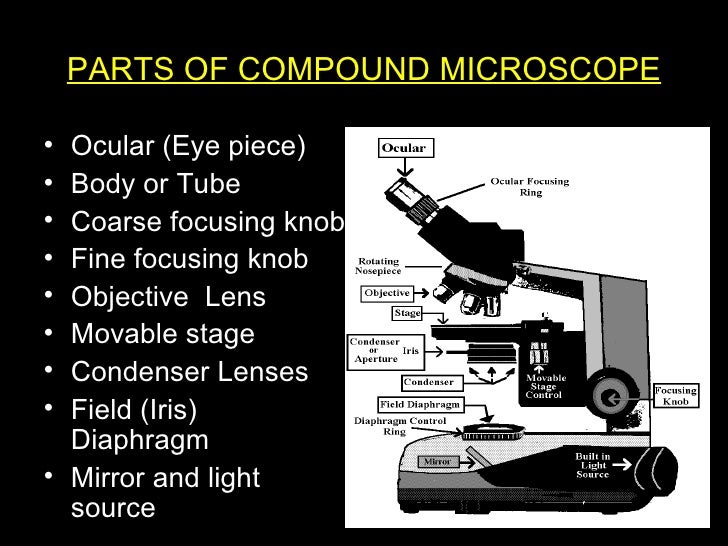
This light comes from the microscope’s light source, and is gathered by the condenser, before being regulated by the diaphragm, then passing through the specimen. The main function of an iris diaphragm of a microscope is to control the amount of light that reaches the specimen. Below is a more detailed explanation of how it works: Illumination The general rule is, the diaphragm’s aperture size is directly proportional to illumination, and conversely proportional to contrast, while the aperture shape is directly proportional to focus. In a microscope, an iris diaphragm is an important component that directly influences the amount of illumination, focus, and contrast of the magnified specimen image.

Another is the Waterhouse diaphragm, which is a set of interchangeable diaphragms made of brass strips.ĪLSO READ: BEST METALLURGICAL MICROSCOPE What does an iris diaphragm do?

Other forms include a Zeiss rotating diaphragm, which is a circular plate with several apertures of varying sizes. There are many forms of iris diaphragms, the most common (and most modern) one being a set of metal or plastic blades or leaves shaped into a circle, where controlling the blades affect the size of the aperture. The name is derived from the part of the human eye aptly called the iris, which can dilate and constrict in relation to the size of the pupil. What is an iris diaphragm?įrom the definition of a diaphragm, an iris diaphragm is a composite type of diaphragm with adjustable or variable opening size. These adjustable diaphragms are called iris diaphragms or irises. The size of the diaphragm’s aperture is what determines the amount of light.Īs such, diaphragms typically feature variable sized apertures. The diaphragm is located between a light source and a lens, along the optical axis of the lens system, in order for it to regulate the amount of light coming from the light source and passing through the lens.


 0 kommentar(er)
0 kommentar(er)
